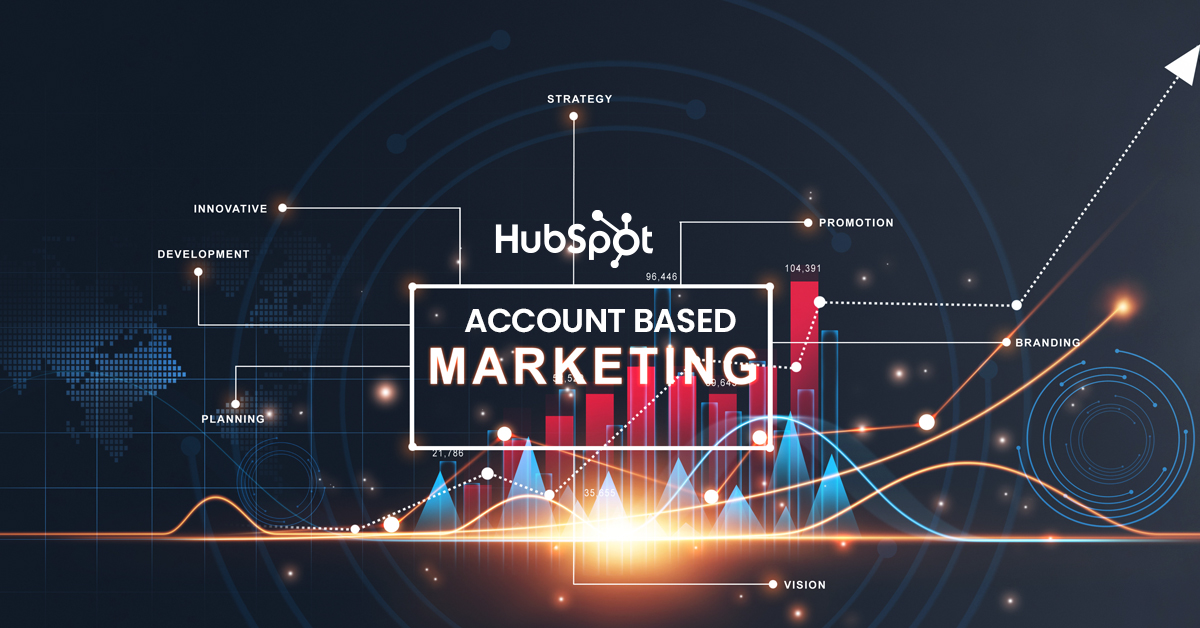-
MarTech Services
- HubSpot
- OneSignal
HubSpot
Technical Consulting
Partner with experts who understand your HubSpot systems and business needs inside out.
Revenue Operations
Drive revenue growth with tailored RevOps strategies designed for HubSpot users.
Hubspot Integration Services
Seamlessly integrate HubSpot with your existing tools to enhance operational efficiency.
Sales Enablement
Boost your sales team’s efficiency with focused HubSpot Sales Enablement solutions.
CRM Data Migration
Effortlessly migrate your CRM data to HubSpot with precision and support.
Hubspot Onboarding
Efficiently onboard clients to HubSpot, ensuring a smooth transition and rapid platform adoption.
HubSpot Administration
Maximize your HubSpot investment with expert management and optimisation tailored for HubSpot clients.
Marketing Assets Development
Develop, deploy, and manage digital assets, ensuring a fresh and engaging presence.
-
Solutions
-
Website Services
Website Development
We bring together expertise, creativity, and measurable results, making us the go-to choice for HubSpot website creation.
Website Migration
Our approach to website migration goes beyond a technical transfer; we prioritize a user-centric experience.
Website Maintenance
Optimize your online presence with effective, growth-driven websites focusing on nurturing website visitors, creating and deploying content, and tracking progress with precision.
Website Audit
Is your website performing at its peak? Our CMS Consultants are here to help you find out with our comprehensive Website Audit service.
-
Resources
-
Company
Clients
We have worked with clients from various industries across the globe, making our journey diverse and exciting.
Team
We put decades of experience where our mouth is. So what you get is market-tested and tried, not theory. We believe in plain speak, which we believe works better than jargon.
Solutions Partner
BlueOshan is not just a partner; we are among the most experienced and adept in the HubSpot ecosystem.
- Contact Us
Sharpen Account Based Marketing (ABM) using HubSpot

Venu Gopal Nair
April 13, 2022

The old wisdom was that customers chose you – but Account Based Marketing enables selective targeting of accounts companies want to sign up. As HubSpot defines, Account-based marketing (ABM) is a focused growth strategy in which Marketing and Sales collaborate to create personalized buying experiences for a mutually-identified set of high-value accounts.
It works in lockstep with inbound marketing, where a combination of valuable content, SEO and delighting customers helps to draw them in.
To succeed, marketing and sales departments must work in tandem, identifying the accounts to be targeted, the allocations that must be made for outreach and the consistent effort it requires to pay off.
There are several factors to determine how high value accounts should be defined – right from the financial performance of the company to the scalability in future and the competitive landscape. Each of these has a bearing on how successful the effort will turn out to be.
How companies have successfully pursued ABM
One of the first things about ABM implementations is learning more about their target customers, the key personnel and appealing to the team as opposed to a vaguely defined potential set of prospects.
It requires Sales teams to find the people to be targeted, and then Marketing creates a series of communications or events specifically targeting the people involved.
Account Based Marketing needs a high degree of preparation, knowledge of key personnel and what the target company’s buying practices are
For example, Thompson Reuters created a set of programmatic ads and events and got people to be quoted in content pieces. This increased traction, and the company sign-ons in that segment increased dramatically.
The more valuable the account was to the company, the higher the profile of events created and the opportunity for thought leadership the client could expect.
This created the right amount of buzz and helped increase the value of the company’s target profiles. And that paid off in long-term associations and higher revenue.
By working in closely aligned teams, they shortened the sales cycle by 72%, and wins increased by 95%.
In another example, a payroll company targeting companies of a certain size and number of employees and revenue began to see results with clear pitches that spoke of how the target company’s specific payroll problems could be solved.
The tools HubSpot provides for ABM
HubSpot enables the creation of profiles with specific roles at the company targeted, for example, champion, influencer, buyer, blocker, etc. The messaging can then be directed to make a closer connection with specific individuals to gauge their state of mind.
The ideal customer tiers can be defined based on internal assessments. Workflows can be created to automate parts of the messaging sequence and then track the effect.
That provides the flexibility to target a defined base of profiles and manage different customer tiers.
For most companies, the problem is getting leads and discovering things about prospects over time. ABM inverts the process, by directing the effort at a defined audience determined through sales contacts or from platforms like LinkedIn.
HubSpot then allows each journey step to be managed within the platform, right from the CRM and under the specific ABM head. This separates it from the rest of the CRM and can become the focus of effort.
Dashboards can be created based on the company’s assessment of what needs to be tracked, from the effect of the messaging to responses and closure. It offers snapshots of what worked and what targets specifically responded to. This can further sharpen the messaging and use it to advantage in subsequent efforts.
Build the base of contacts with a deeper understanding
You will come across companies and people you want to target at events and conferences. Start from understanding what that particular individual or company is trying to solve.
This should become the mainstay of Account Based Marketing. It differentiates between companies in the same sector and positions the solutions in terms of what customers look for.
That helps to build traction and creates a pool of internal champions. HubSpot helps to capture all the information from interactions and put them under specific heads. As the relationship grows, the person inside the company will speak of the internal dynamics and then, it is up to the company to refine the messaging.
Messaging to specific audiences should be different and consider their priorities for purchase.
For example, a finance person may believe the product is overpriced for the offered feature set. It helps to build a case that explains how your product scores over the competition or has another set of advantages that help to convince or change minds.
The most important aspect is that Sales and Marketing must pool their efforts. It does not work when they differ on the accounts to be targeted or the strategies. For ABM to succeed, they must be on the same page, and the messaging must be worked together.
For companies, this has another welcome effect. Collaboration tends to build teams that succeed together, and that helps to make internal ties much stronger.
It concentrates efforts around companies where the payoffs are higher, and so is the revenue realisation. It uncovers new revenue opportunities, and that, in turn, leads to closer alignment over the long term with customers.
ABM works best in product segments where the product cost is high, the sales cycle is long and internal buying groups are responsible for making purchase decisions. This is where the work put into determining customer requirements, the needs of the company and the way the product integrates into future plans creates traction. Here’s a playbook for ABM from HubSpot.
Talk to our consultants about implementing an ABM program where you have identified prospects and want to put them into practice.

Venu Gopal Nair
Advertising and Branding Specialist, CEO - Ideascape Communications, A professional journey through the tumultuous years of advertising and communication, starting in 1984. Started out in the age of print, saw the changes with the entry of satellite TV and the momentous transition to digital. Advertising and branding today is vastly different from its practices in the 20th century and the last two decades have seen dramatic changes with smartphone domination. As a Creative Director turned CEO, making the transition personally and professionally has been a tremendous experience.
Related Articles

January 2, 2021

April 13, 2023


